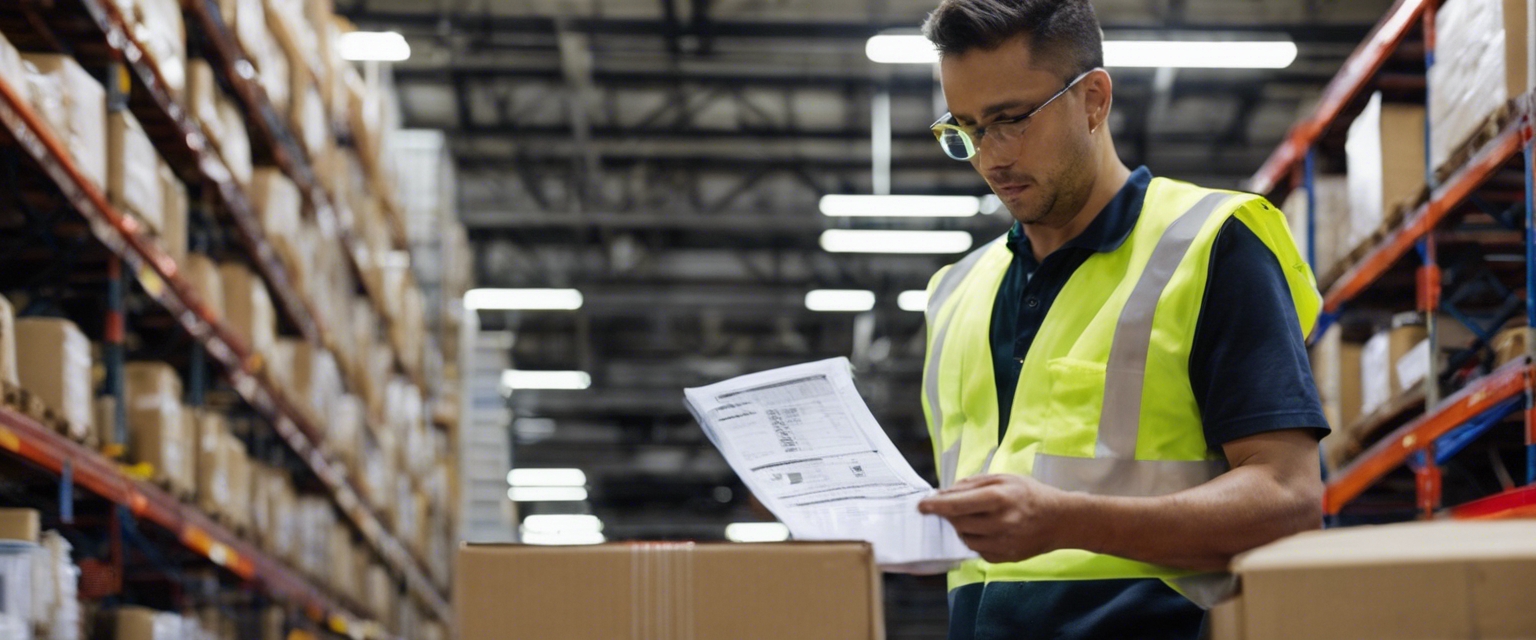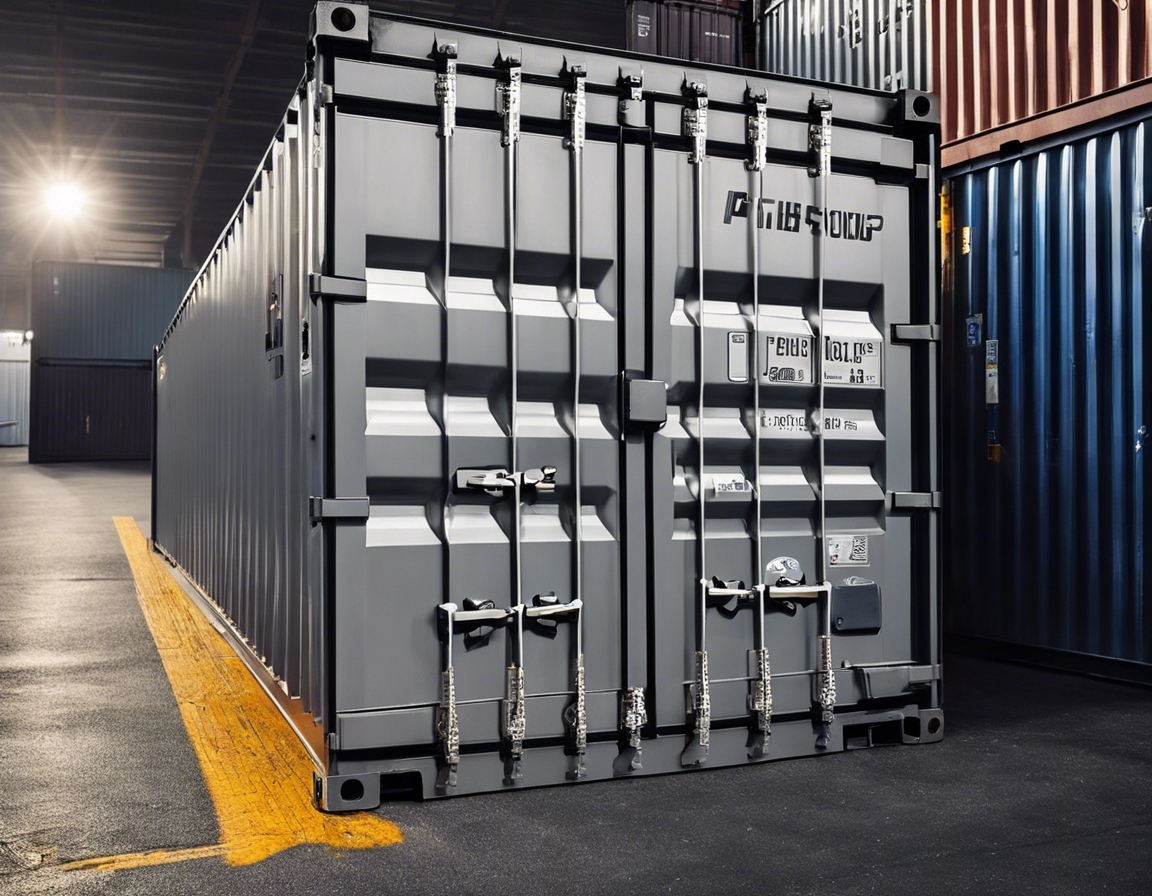The future of logistics: real-time tracking & its benefits
Real-time tracking in logistics is the ability to monitor and manage the movement of goods as they travel from origin to destination. This technology has evolved from simple tracking numbers to sophisticated systems that provide live updates and detailed insights into the transportation process.
The logistics industry is at a pivotal point where customer expectations for speed, transparency, and efficiency are at an all-time high. Real-time tracking is not just a luxury but a necessity for businesses to remain competitive and meet these demands.
The Mechanics of Real-Time Tracking Technology
Global Positioning System (GPS) and Radio-Frequency Identification (RFID) are the core technologies enabling real-time tracking. GPS provides location data, while RFID offers information on the product level, such as identification and condition.
The integration of real-time tracking with the Internet of Things (IoT) and big data analytics has transformed logistics into a data-driven industry, enabling predictive analytics and proactive management.
Key Benefits of Real-Time Tracking for Logistics
Real-time tracking provides unparalleled visibility into the supply chain, giving businesses the ability to monitor shipments every step of the way and make informed decisions.
By analyzing real-time data, companies can optimize routes and delivery schedules, reducing delays and improving time management.
Customers today expect to know the status of their orders at all times. Real-time tracking fosters transparency, leading to increased customer satisfaction and trust in the brand.
Efficient tracking systems can lead to significant cost savings by minimizing lost shipments, reducing detention times, and optimizing inventory levels.
For companies dealing with ADR classified dangerous goods, real-time tracking ensures compliance with regulations and enhances safety by providing immediate updates on the status and location of hazardous materials.
Real-Time Tracking in Action: Practical Applications
From pharmaceuticals to manufacturing, real-time tracking is revolutionizing how industries manage their supply chains, ensuring that products are delivered safely and on time.
The adoption of real-time tracking technology has a profound impact on supply chain management, enabling companies to respond swiftly to market changes and customer needs.
Challenges and Considerations in Implementing Real-Time Tracking
As with any technology that handles large amounts of data, real-time tracking systems must address privacy and data security concerns to protect sensitive information.
Implementing real-time tracking requires significant investment in technological infrastructure, which can be a barrier for some businesses.
The Road Ahead: Predictions for Real-Time Tracking in Logistics
The future of real-time tracking in logistics is likely to be shaped by advancements in AI and machine learning, which will further enhance predictive capabilities and efficiency.
As the benefits of real-time tracking become more widely recognized, we can expect broader adoption and the development of industry standards to facilitate interoperability and data sharing.






Comments (0)